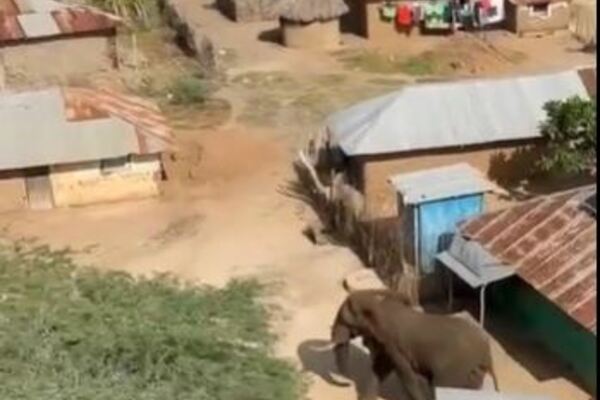
Elephant collaring in Kenya is a critical component of modern conservation efforts aimed at protecting these majestic creatures.
By fitting elephants with GPS-enabled collars, researchers and conservationists can monitor their movements in real-time, gathering invaluable data on their migratory patterns, habitat use, and behaviour.
This information is crucial for several reasons: it helps in identifying and mitigating human-elephant conflict, understanding seasonal migration routes, and protecting vital habitats.
Collared elephants can be tracked to ensure they avoid poaching hotspots and to enable rapid response teams to intervene if a collared elephant enters a high-risk area.
Mara Elephant Project and partners have deployed over 80 satellite tracking collars in Kenya.
Tino
Tino, a well-known big bull elephant in the Tana River area of Kenya was collared in January this year. Like the Greater Masai Mara, this region is experiencing high levels of human-elephant conflict.
It took one week for big old Tino to get himself into trouble.
Tino wandered into a heavily developed area. Thanks to real-time tracking, teams were immediately alerted to escalating levels of conflict with the community.
The MEP helicopter was deployed to flush Tino out of town.
Subsequently teams from Nairobi mobilised to translocate Tino to Tsavo West National Park where he has significantly more area to roam.
Tino has settled in well and has resumed a quite life, without interactions with people.
Images and video: MEP




